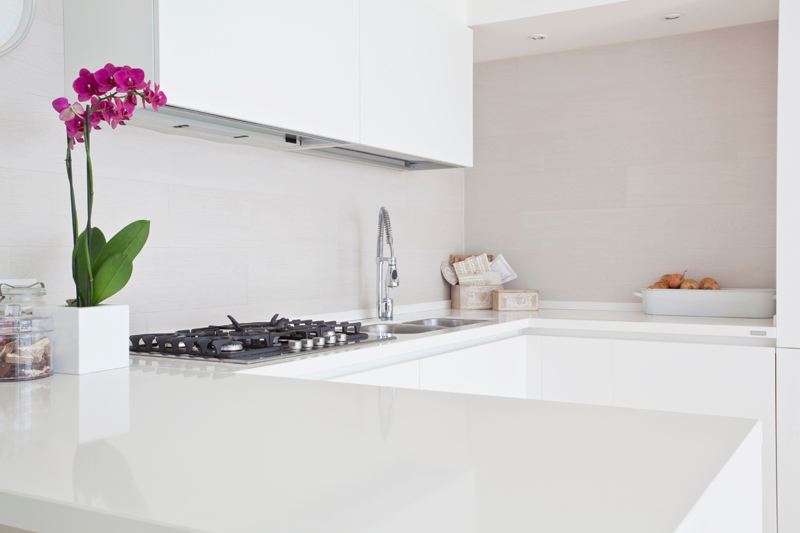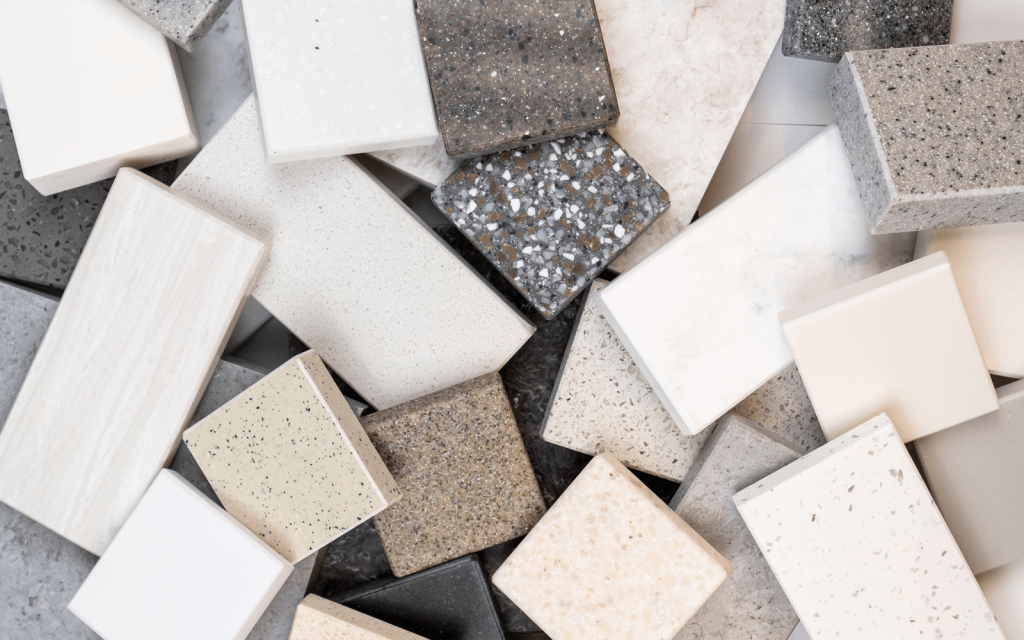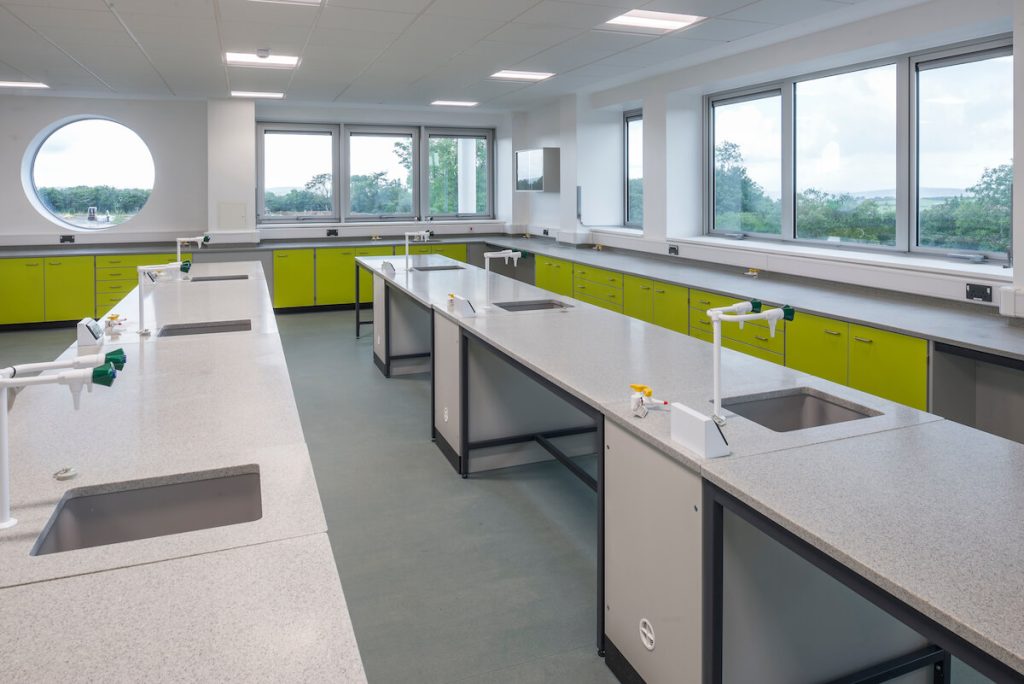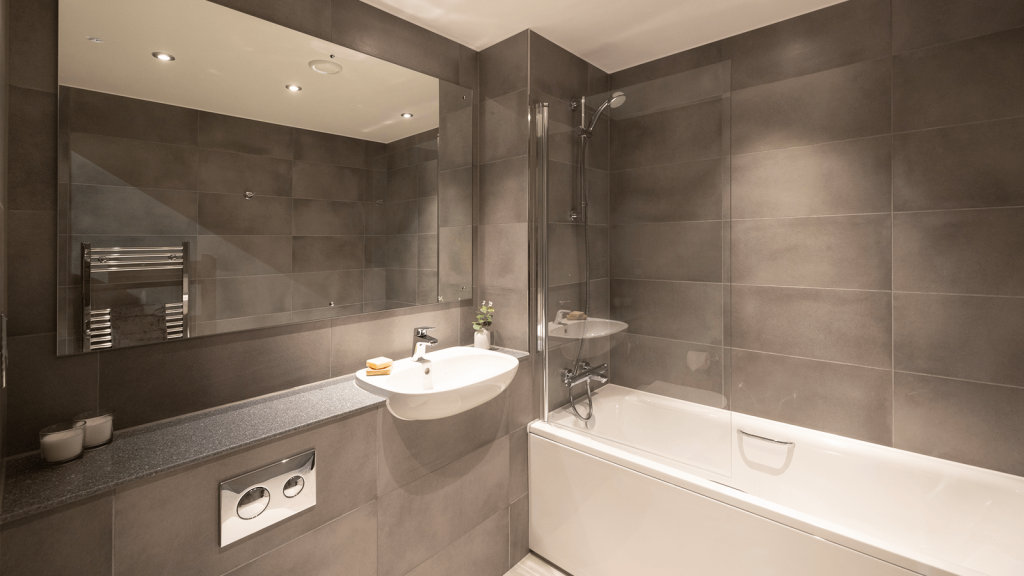What is solid surfacing made of? Understanding modern surface technology
- 30 January 2025|
- Blogs|
- Sameer Sawant
Modern solid surfaces have revolutionised interior design and construction, offering an alternative to traditional materials like granite and laminate that meets both practical and aesthetic needs in both domestic and commercial environments.
As a leading manufacturer and supplier of solid surface, Velstone understands the science and technology behind these innovative materials – and why it’s crucial it is to explain what these new materials are and how they function.

What makes up a solid surfacing material?
Solid surfacing is created by combining several materials into one unique composition.
These surfaces typically contain around 66-75% natural minerals. A key mineral used is aluminium trihydrate, also known as ATH, which comes from bauxite ore. The other part includes carefully procured acrylic and/or polyester resins that act as binding agent, while special pigments are added to provide a variety of colours.
The science behind the surface
The manufacturing process involves chemistry and engineering, mixing acrylic and/or polyester with ATH to create a strong, durable and aesthetically pleasing material. The result is a smooth, non-porous surface that can be available in different thicknesses, and which can resist stains and bacteria. The surface is also easy to maintain and clean, and its smooth finish makes it easy to repair small scratches and damage.
All of which is why it is a great choice for kitchen countertops and bathroom vanity tops for homes, hotels, student accommodation and cruise ships, and the perfect choice of worksurface for science worktops and research labs, airport check-in desks and food counters, bars and restaurants, and healthcare.

Understanding modern manufacturing techniques
Contemporary solid surface countertop production uses innovate continuous casting technology, where the ATH/RESIN/PIGMENT mixture is cast on a very long conveyor belt production line. Mixed in huge 2 storey high Tumbler, this mix is fed through purpose-built pipe onto the casting belt. The semi-solid mix goes through an oven stage, vacuum and finally sanding & polishing before being cut into individual slabs. This method ensures consistency all the way through, unlike traditional laminate surfaces, which are multi layered and printed.
One great thing about solid surfacing is its thermoforming capabilities – which means that it can be shaped when re-heated. When it reaches certain temperatures, the material becomes soft, allowing it to be moulded in the desired shape without visible seams and still homogenous throughout.
Performance benefits over traditional materials
Compared to traditional materials like granite, modern solid surfacing offers enhanced durability, flexibility and practical benefits which make it suitable for large-scale commercial projects. Solid Surfacing material is relatively easy to machine, adapt and install than natural stone products. In most cases it is also relatively less expensive.
Unlike Laminates. Solid surfaces’ strength means it can cope with daily use in high-traffic areas without losing its appearance, while modern solid surfacing technology offers many choices for colours and patterns. Solid Surface is also fully repairable and with its other performance benefits offers better long-term value.
Future developments in solid surface technology
The solid surface industry is constantly changing, with manufacturers developing new technology and formulas, which have better resistance to UV rays and improved heat tolerance, for example.
Today’s solid surface manufacturing is also increasingly focused on sustainability and environmental considerations. Many manufacturers are using recycled materials. They are also using eco-friendly resins in their production. Every effort is being made in developing technologies that allow an almost cradle-to-cradle product.

The Velstone difference in solid surface technology
Velstone, manufactured from natural minerals, is a 100% non-porous solid surface. It mixes Alumina Tri-Hydrate minerals, known for its excellent fire retardant properties and strength with carefully procured advanced resins and, thanks to a high-tech manufacturing process, creates a perfectly seamless solid surface that is completely non-porous, durable and easy to care and repair for which is perfect for many applications.
Velstone is 100% silica-free, which means it’s completely hygienic to machine and use for installers and does not carry the risks associated with crystalline silica inhalation during processing or installation. The solid surface also follows strict hygiene standards and has received the Royal Institute of Public Health and Hygiene Certificate every year since 1994, making it perfect for hygiene-conscious spaces.
As well as a handful of custom colours, Velstone can match a specific RAL or Dulux shade to match corporate branding and for truly bespoke creations.

A better understanding of solid surfacing material
From kitchen worktops in residential settings for homeowners to large-scale commercial installations where durability meets design, modern solid surfacing proves its versatility and has changed how we design and build spaces.
However, understanding how solid surfacing materials are made and how they work is hugely important as it allows you to choose the right one for your project.
As a leader in solid surface manufacturing, Velstone is the perfect solid surface for a whole host of applications. For more information, contact our experienced team now.
Frequently asked questions about solid surfaces material
Need quick answers about solid surfaces? Here are the most common questions we receive about this versatile and durable material.
Q: What is a solid surface material?
A: Solid surface is a non-porous, strong, material. It is made from natural minerals, mainly aluminium trihydrate, and tough resins. Because of this, it is a durable and easy-to-clean surface, and it can be fixed if needed, making it ideal for various applications.
Q: Is solid surface better than laminate?
A: Yes, solid surface is better than laminate. It is non-porous and is solid throughout. You can easily repair it, and it has smooth invisible joints. And, unlike laminate, it doesn’t wear out quickly.
Q: What is the life expectancy of a solid surface?
A: A solid surface can last more than 30 years with proper care thanks to ease of maintenance. It also resists stains and bacteria. This makes it a smart choice for the long term.
Request a Free Velstone Sample
See the quality of Velstone solid surface firsthand.